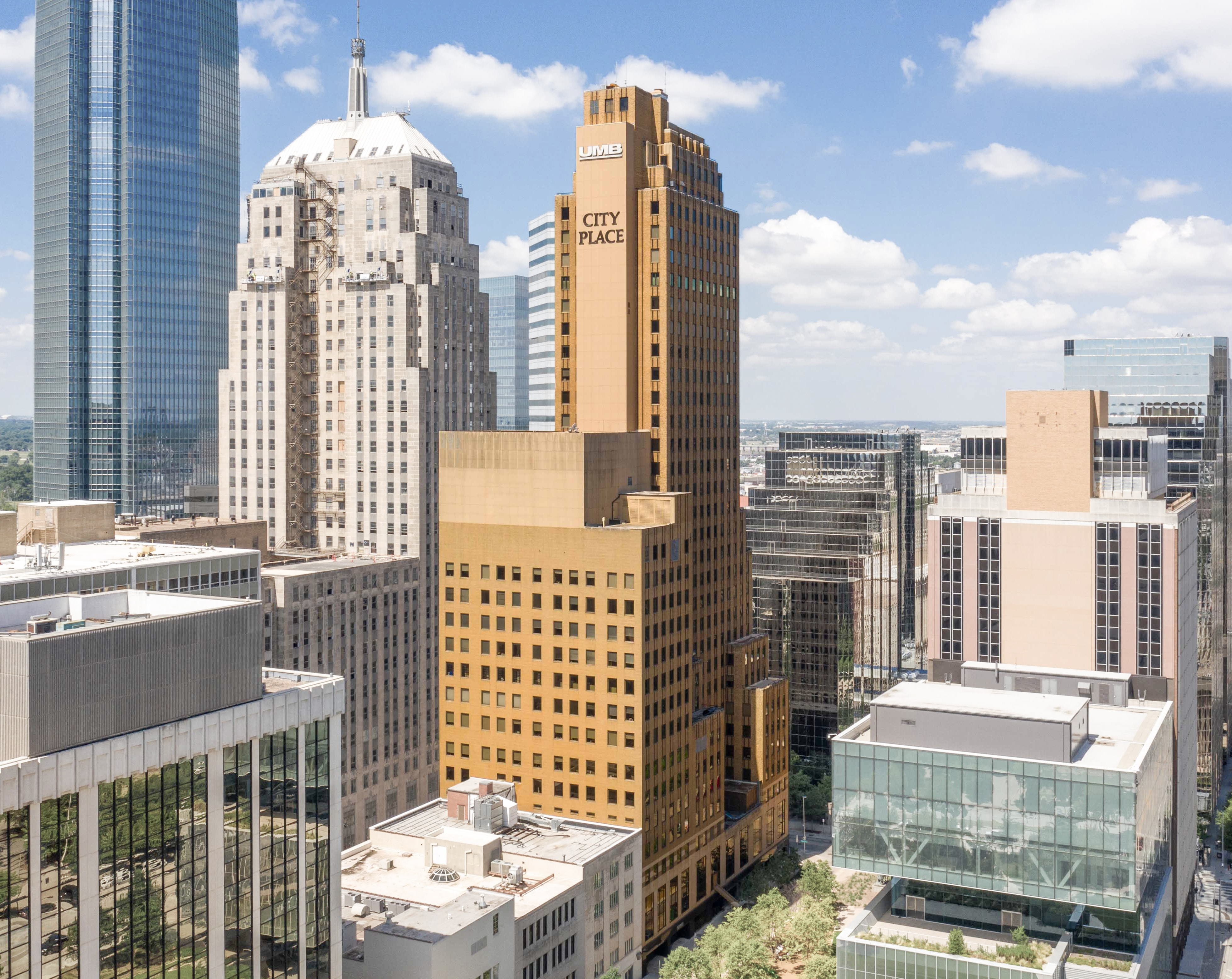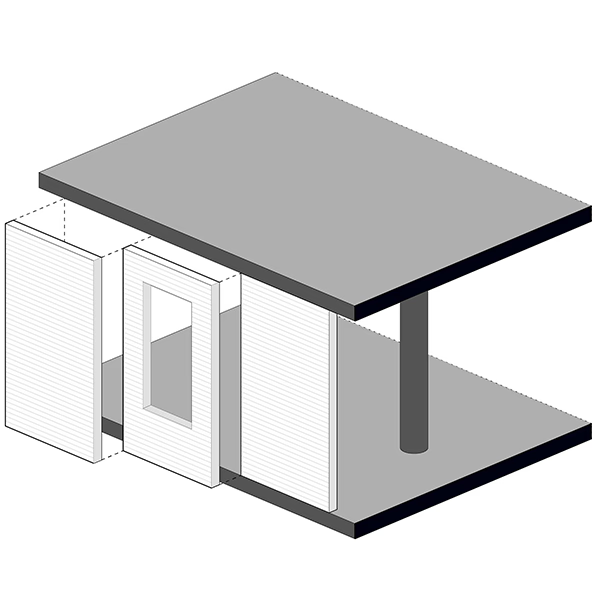A spiral slide running through the entire building has been used as a fire escape since its inauguration, later supplemented by a traditional staircase.
The City Place Tower is an Art-deco skyscraper designed in 1930 by Walter W. Ahlschlager, in association with Clair Drury, and built between 1931 and 1931, for a reported $3.00 million dollars, in Oklahoma City, OK.
City Place Tower is not the only name you might know this building by though. It is common for companies to want to attach their names to iconic buildings when they move in, or for the general public to come up with nicknames, and this one is no exception. The building has changed names several times over the years, and is also known as:
- Ramsey Tower between 1931 and 1943.
- APCO Tower between 1943 and 1952.
- Liberty National Bank Building between 1952 and 1971.
Its precise street address is 204 North Robinson Avenue, Oklahoma City, OK. You can also find it on the map here.
The building has been restored 2 times over the years to ensure its conservation and adaptation to the pass of time. The main restoration works happened in 1980 and 2010.


